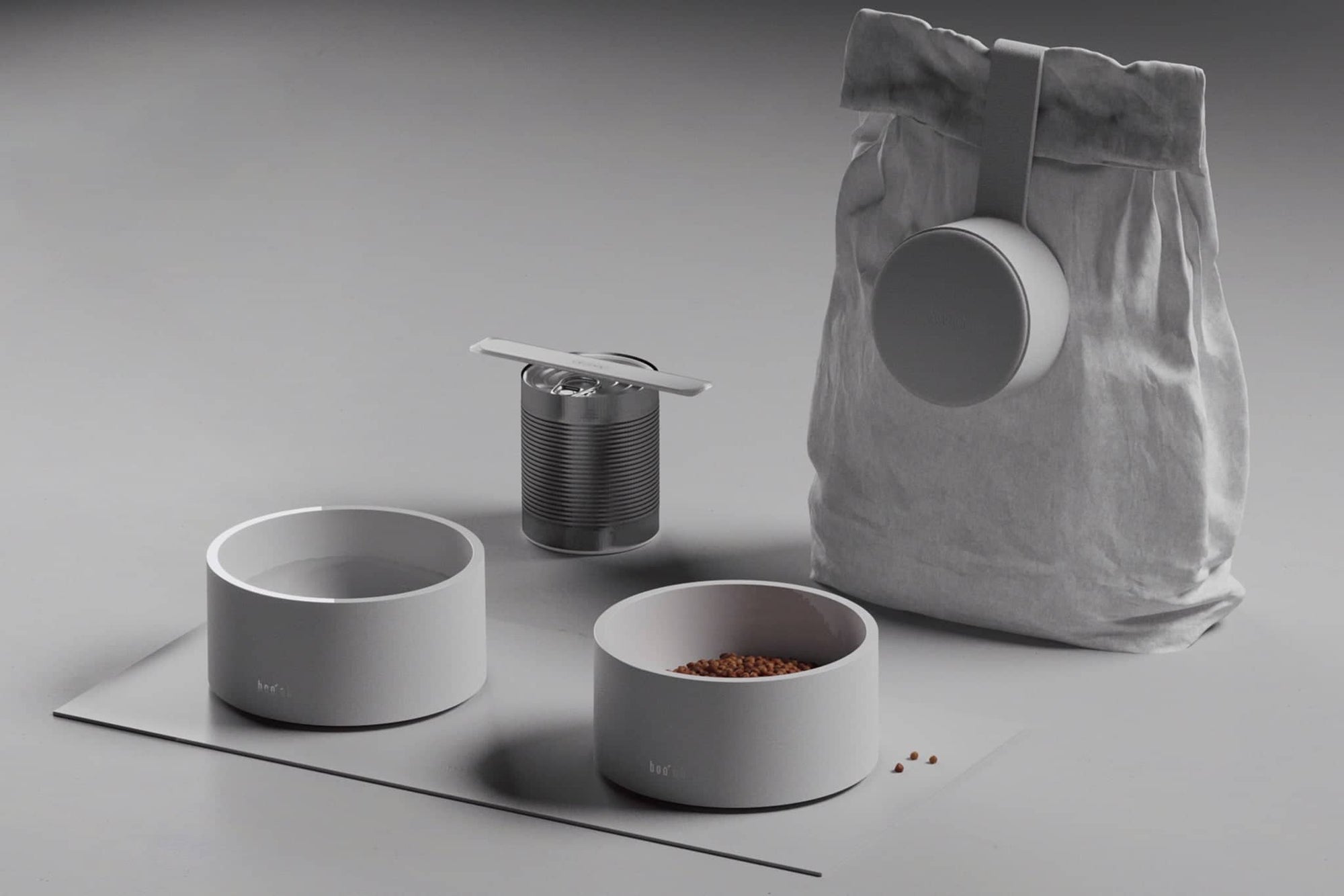It’s not only about satisfying your dog’s hunger as well as providing food and security. You want to make sure that your dog’s meals are enjoyable and healthy. Slow feeder dog bowls are a fantastic way to make meals enjoyable and healthy for you dog.

Understanding Slow Feeder Dog Bowls
Slow feeder bowls were created to help slow down your dog in eating. The bowls are made with ridges, obstacles and mazes that make your dog work harder to get to their food. This stops your dog from eating their meal at a fast pace.
Slow Feeder Slow Feeder for Dog Bowls They have many benefits and uses
Slow feeder bowls prevent the dog’s food from being consumed too quickly. In fact, eating too fast can lead to digestion issues and overeating, a common concern among dogs, especially larger breeds.
It stimulates the mind : The mazes, patterns and mazes in the bowl will engage your dog’s mind, giving the dog a stimulating challenge during mealtime. This mental stimulation helps reduce stress and boredom while encouraging wellbeing.
It aids digestion. Eating slowly aids digestion because it allows food to be chewed in a proper manner. This aids in better absorption of nutrients and lowers the risk of choking.
Weight Management: Slower bowls for feeding can help manage weight by reducing your dog’s eating rate and encouraging feelings of fullness. They also reduce the temptation to overeat which could lead to weight gain.
Reduces the risk of bloating: Rapid eating can lead to gasping for air, which could cause gastric discomfort and bloating. Slow feeder bowls minimize the chance of bloating by encouraging slower eating that is more controlled.
The Best Slow Feeder Bowl for Your Dog
When selecting a slow feeder dog bowl, consider your dog’s size, eating habits, and specific needs. Smaller dogs should opt for bowls with shallower mazes and ridges so they can get access to their food. Larger dogs might require deeper mazes to give a little more an obstacle.
Consider the material of the bowl. Ceramic or stainless steel slow feeder bowls are simple to maintain and will ensure that your dog is clean and a safe dining experience.
Begin by introducing your dog to a Slow Feeder Dog Bowl
It will take the time and effort to get your dog from a normal bowl to a more slow-moving feeder. These steps will aid your dog in adjusting:
To get familiar with the bowl, start by placing your dog’s favorite food or treats in the bowl that is slow to feed and allow them to play and figure out ways to access the food.
Gradual transition In order to ease your dog into the new routine, start by mixing the normal food of your dog with the bowl for slow-feeding. Increase the amount of food slowly in the bowl.
Positive Reinforcement: Accompany your dog’s progress with praise, positive reinforcement and treats after they successfully navigate the slow food bowl.
Keep track of progress: Be aware of your dog’s progression and their level of comfort. Consider adjusting the level of difficulties in the bowl, if your dog appears stressed or frustrated.
Slow Feeder Dog Bowls: How to Use These Bowls in Your Daily Routine
Once your dog has become accustomed to feeding in a slow dog bowl, you can make it a permanent part of their feeding routine. Observe their eating patterns and the positive impacts on digestion and overall health.
In the final
The mealtime routine is a vital aspect of the day for your dog. It is essential to equip them with tools and a space that will let them enjoy an energizing and delicious meal. Slow feeder bowls can be a fun and practical approach to help improve your dog’s eating habits, and to prevent them from overeating. They also encourage mental stimulation.
Slow feeder bowls for dogs are a great investment in the wellbeing and health of your pet. Slow feeder dog bowls can be a good investment for your dog’s health and happiness. Take your time choosing the one that is right for you, and introduce it slowly. Take your time, relish the moment, and help improve your dog’s routine for eating with a slow-feeder dog bowl.